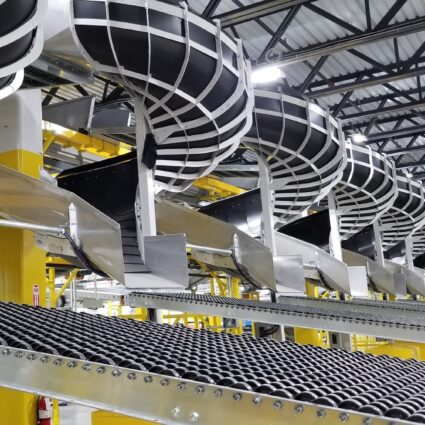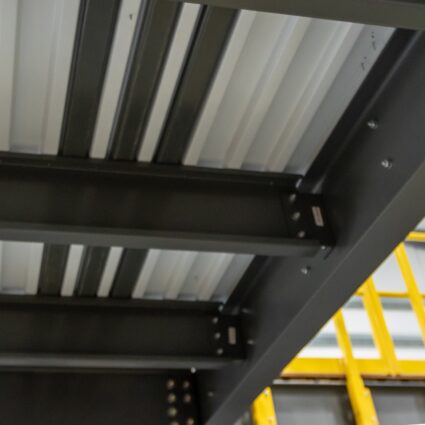
Three Elements to Know When Starting a New Platform Design
by Kevin O’Neill
When starting a new project, there are many variables for each platform. To ensure that each project is a success, here are the top items to know when you start platform design.
The three critical elements that an engineer needs to design a platform are location, slab capacity, and platform use.
1. Why Platform Location Matters
The location of the platform is critical for multiple reasons. The area of the site where the platform will be determines the seismic loading and code requirements. For example, the same platform located in Texas can look drastically different than a platform with the same intended use designed in California. In high seismic regions, like California, sites that are miles apart may have different requirements. Knowing the site address is critical to start designing the structure.
The location of the platform in the building is also of great importance. Platforms need to be designed and adjusted to avoid building structure and equipment on or underneath the platform. Providing a building drawing and equipment layout plan will allow the engineer to adjust framing as needed to avoid potential clashes and interferences.
2. Evaluating Supporting Slab Capacity
The supporting slab capacity is critical for determining the maximum span between columns and the number of columns required. Building concrete slabs are typically designed and rated for distributed loads, but platforms impose concentrated point loads on each column’s slab.
Steele Solutions now offers concrete slab analysis services, providing a seamless way to assess slab capacity and address potential issues upfront. With our slab analysis service, customers benefit from:
- Expert Feedback for clear next steps
- Time and Cost Savings by avoiding unnecessary reinforcements
- Customized Solutions tailored to specific project requirements
- Streamlined Communication for faster timelines
Our evaluations ensure your concrete slab can support the required loads for platform installation safely. Learn more about our Concrete Slab Analysis Services here.
If your existing slab cannot handle the loading, adding spread footings is often necessary. Our team will evaluate all critical factors, including soil characteristics, slab joints, and reinforcement requirements, to ensure your project starts with the right foundation of support.
Curious about how to ensure your concrete slab can handle high-concentration loads? Download our Concrete Slab Analysis brochure to learn about the benefits of expert evaluations and how we streamline your project from design to execution.
3. Understanding Platform Use and Load Requirements
The intended use of the platform significantly impacts its design and code requirements. A storage platform and equipment platform can have drastically different loads for design. The people who will be using the platform will also impact design elements.
Platforms accessed by the public will require additional safety features to protect users, while platforms used solely for maintenance may have lighter load requirements. The intended use of the platform should be discussed with the end-user to design the platform correctly. All equipment or storage materials should have design loads that should be provided to the platform designer.
For a closer look at how to ensure safety, check out our article on Safety on Equipment Platforms.
Ultimately, the more information that can be provided to the engineer, the better off your project will be, and most importantly, the design of your structure and platform will meet your intended use and purpose. Steele Solutions’ engineers work closely with project managers to ensure that each platform is designed for how the customer specifies and is capable of handling the platform’s intended use.
Custom Solutions Built on Decades of Expertise
Steele Solutions has decades of expertise in platform design and structural analysis. Our team works closely with project managers and engineers to deliver solutions tailored to your specific needs. From designing platforms that maximize vertical space to providing turnkey slab analysis services, we are your trusted partner in industrial and material handling projects.
Contact us today to discuss your project or request more details about our services. Let’s start your project on solid ground—literally!





